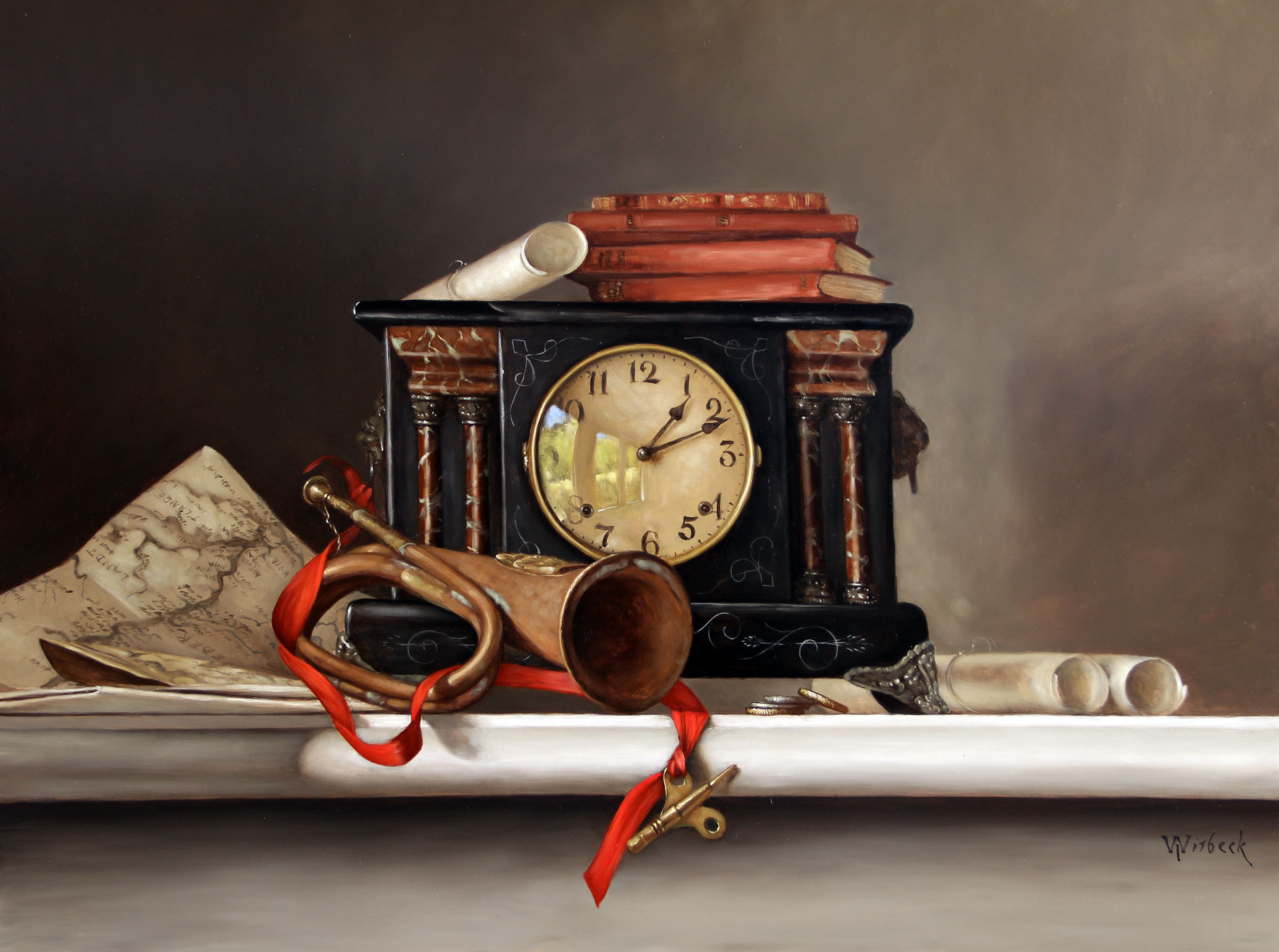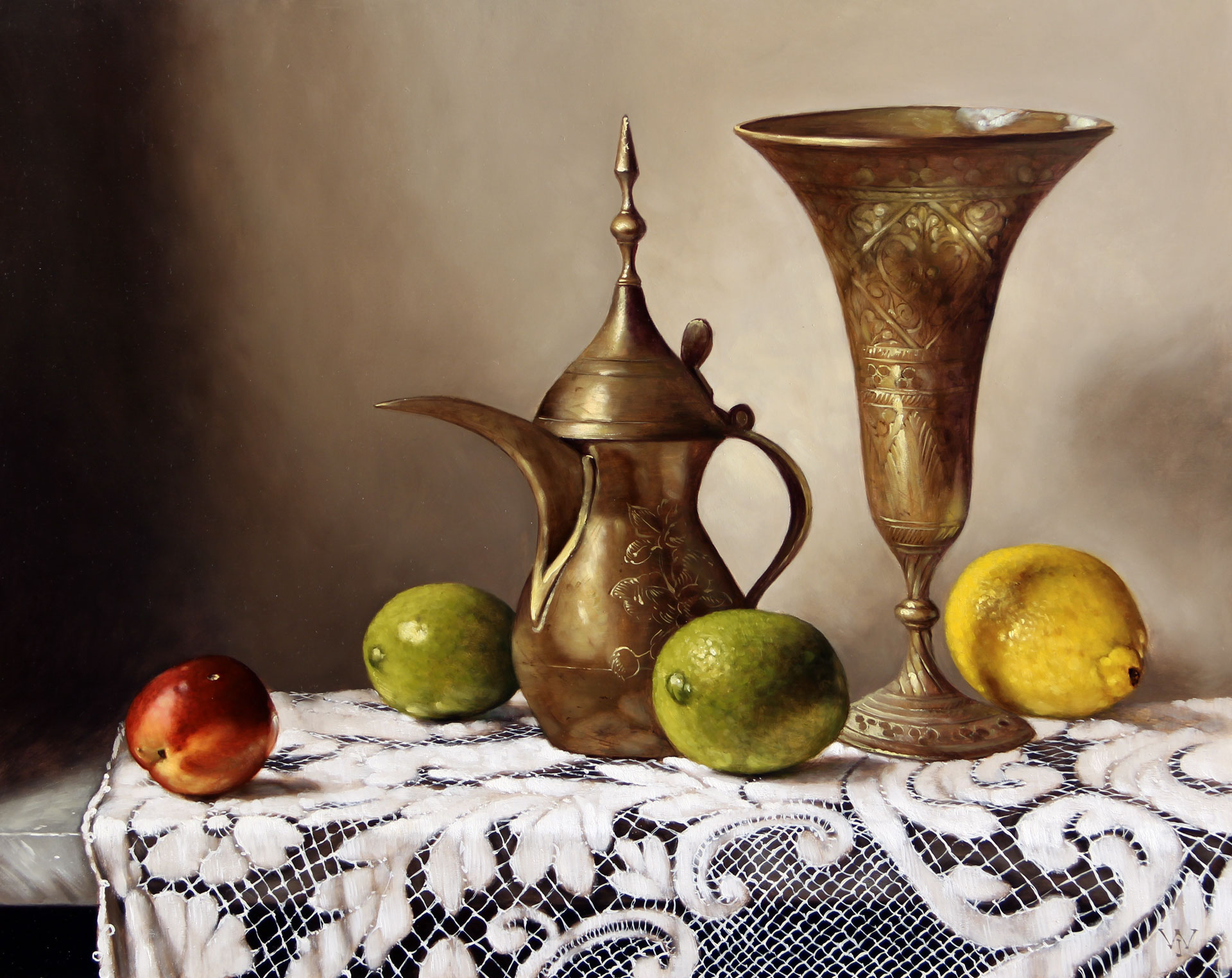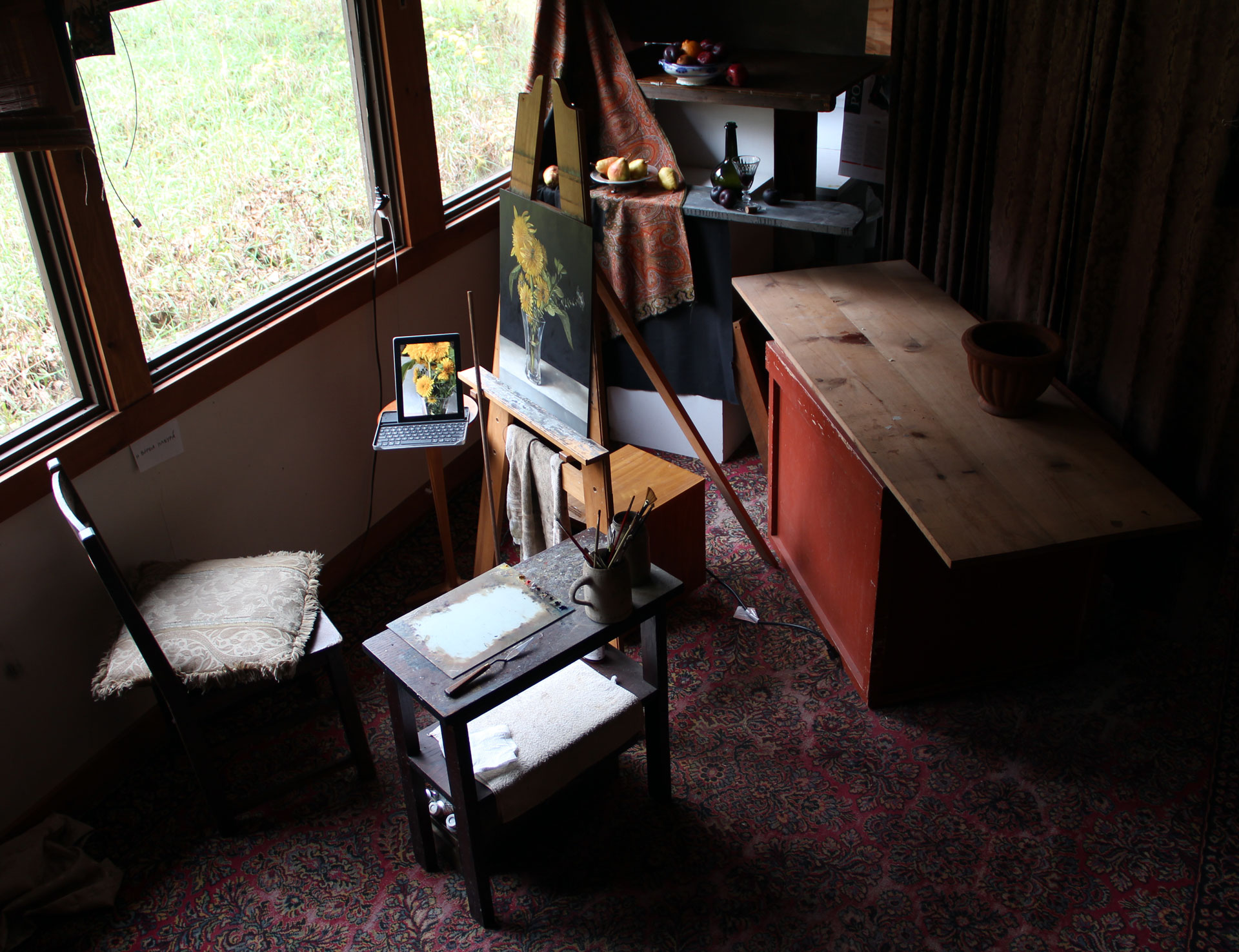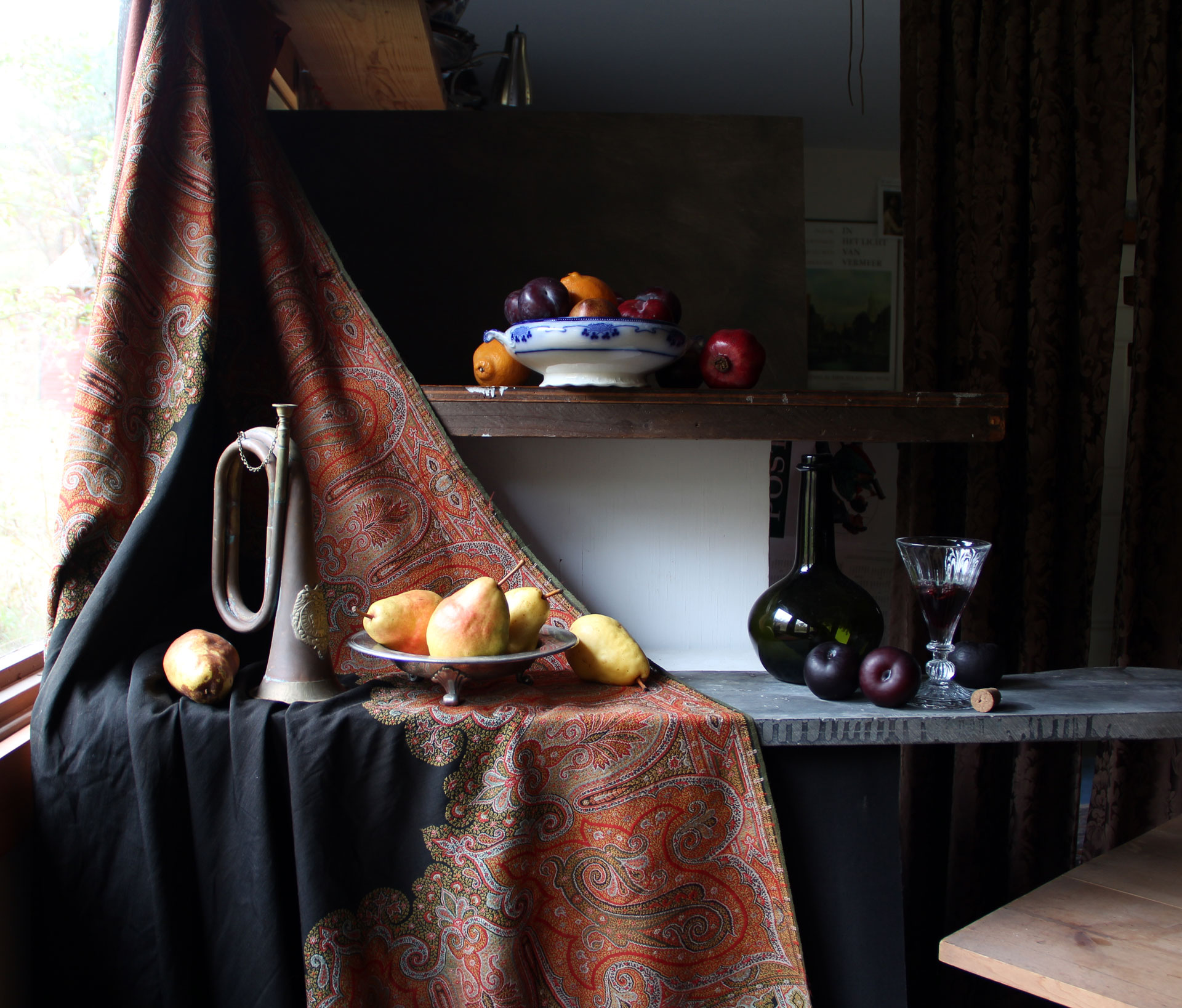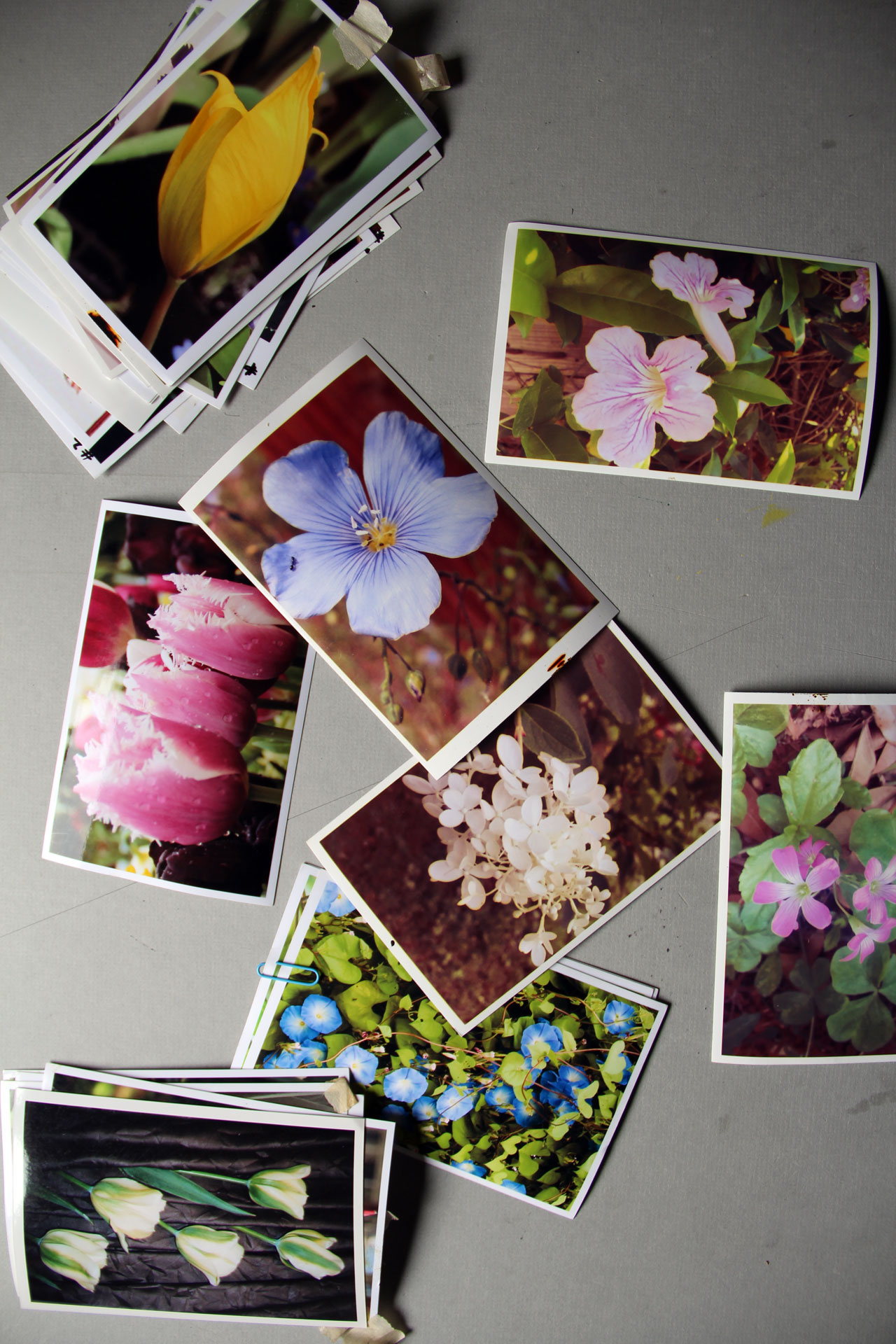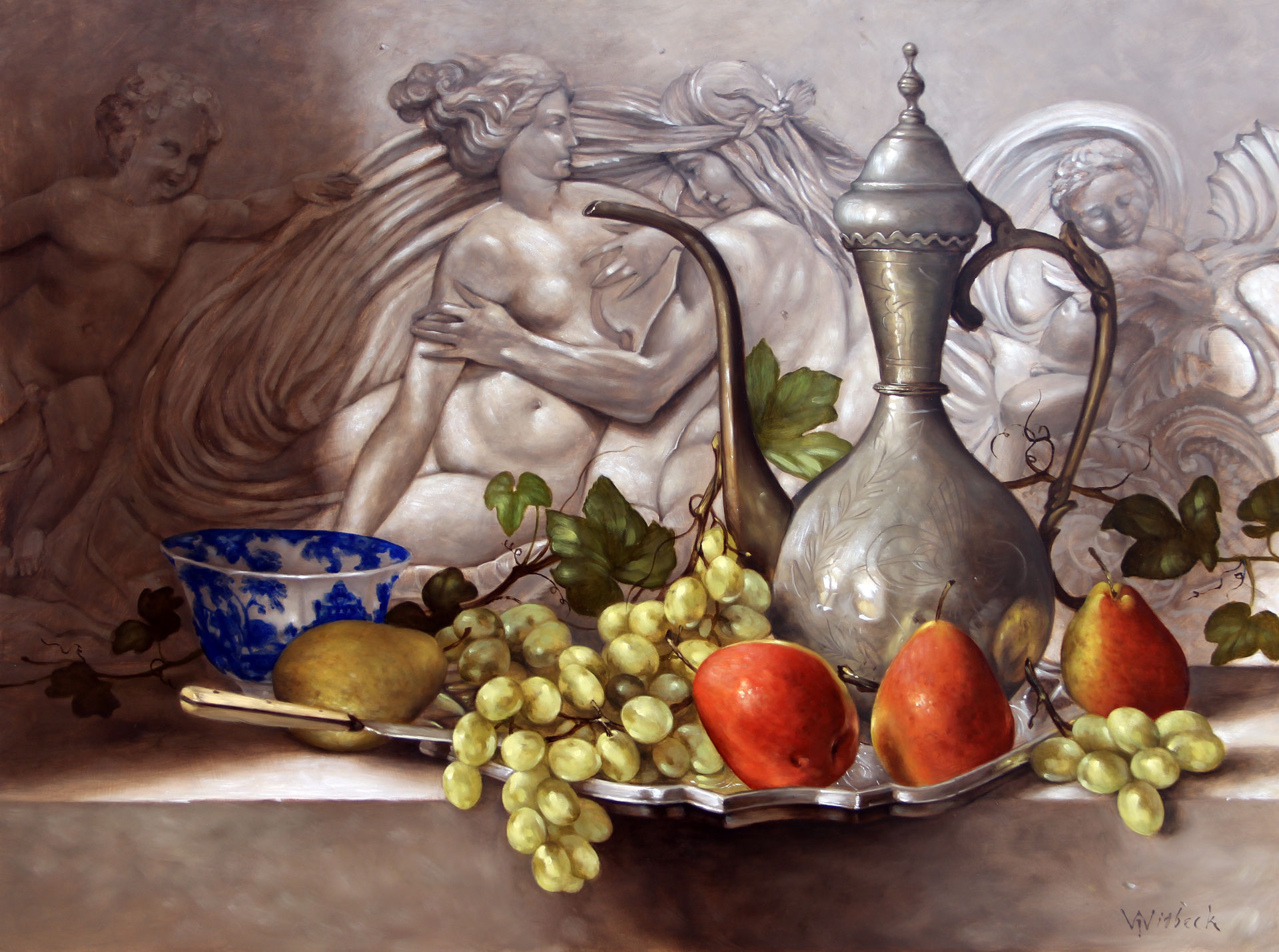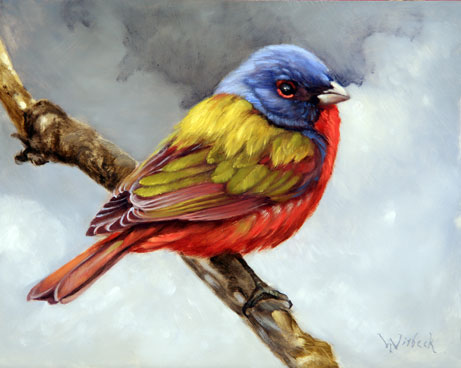Whitbeck Notes
Fall 2022
Time Piece
18" x 24" oil on panel
Welcome to the Fall 2022 Whitbeck Notes. The shows are done for the year and the tent and walls are all unloaded from the van and safely packed away in the barn. I am now full time back in the studio. I always love that, knowing that there will be no large interruptions between now and the first spring shows. Although, that always seems to arrive quicker then expected and now is the time to get the bulk of the paintings done for next year, so I best get to it!
During the show season I have many visitors into my booth and we often get into some good conversations which always lead to a few questions, some asked more often then others. So much so that I thought it might be a good idea to put some answers to these frequently asked questions in the Fall Notes. I made a list of all those that often come up, then whittled it down bit by bit to a handful of what I think are the more essential to answer. And so here they are:
"Where did you get your art training?"
This would have to be the most asked question that I get during an art show. I think that the highly technical aspect of the way I paint makes one wonder how you come about learning the technique. The answer, which is usually a shock to most, is that I am self taught. No schooling. Basically I fell in love with the paintings of the 17th century, specifically from the Netherlands, and I wanted to paint like them. So I just started painting. Sounds so ridiculously simple! But those first paintings looked NOTHING like the ones I am doing now. Through relentless visits to museums to study the originals, reading books on 17th century painting technique, talking with other artists and MUCH trial and error, I slowly began to build up my knowledge and confidence. It did take some time to learn the nuts and bolts (correct mediums to use, proper brushes, aspects of varnishing, etc.) so it was not the most efficient route, but it did allow me to stay my course and avoid distractions from the myriad of influences that would come your way in a schooling setting. And I always end my answer to this question with, "And I am still learning, still perfecting my technique. That is the beauty of it all!"
"How long does it take to do a painting?"
This one is right up there with the schooling question. "With all of the detail it must take months" This is a hard question and I usually respond with a basic answer: One month. I have never actually clocked my "production hours" (as some of my more business minded artist friends call it) and so I cannot give a definitive answer, but the "one month" answer pretty accurately equals a medium sized painting from start to finish. It would help to quickly explain the life of a painting so one understands the steps involved. My paintings are basically built up from a number of thin, almost translucent paint layers, and you cannot start the next layer until the previous one is fully dry. I will come into the studio in the morning and work two or three hours on one layer of an entire painting, set it aside to dry and start work on another, I usually have two or three paintings going at once. The next day, if my previous paint layer is fully dry, I will continue to work on that piece for another two or three hours and then move on to another painting and so on and so forth. In this manner, and depending on how many objects there are in the setup or how complicated a piece is, it can take about a month.
Brass and Fruit
16" x 20" oil on panel
"Why do I not see any brush strokes?"
Sometimes visitors to my booth think that I am selling prints and I will see them looking from different angles at a painting to see if they can find any traces of a brush stroke. The simple answer for this is that I use what is called a Medium that I mix into my oil paint. This thins out the paint and makes it more translucent which causes it to react fantastically with the layers underneath, making rich colors and causing great effects. And this medium reduces the ridges that you can sometimes get from the bristles of a brush stroke. The other wonderful aspect of the medium is that it makes the oil layers dry much faster then usual, and so I can come into the studio the following day and continue on with the next layer.
"Do you paint from life or do you use photographs?"
Always from life. Even though I have found the need to use photos as a reference, painting from life produces the better painting, I find. You can not beat the natural light. My easel is situated on the north side of my studio, so I get a constant, diffused light that I can use for most of the day and in any season. I have three different setup areas for my still life, one at eye level and two more each a bit lower then the previous. I have found a need for using a photograph with the florals and some fruit setups.
The floral arrangement will not last the month or so that it takes to finish the painting, so I need to take photos of all the different flowers, and when they wilt or fade, I can then use them as a reference to finish the painting. I do not feel too bad about that though. All those magnificent flower paintings from the 17th century, well they did the same thing except using detailed sketches. The other time I would need to use a photo is with fruit. Some fruit will actually last quite a while, keeping its form and vibrant coloring, but others not so much. And they can turn into a rotting mess within days.
"Where do you find the objects for your paintings?"
Most of the objects you find in my paintings come from our home; glassware, pottery, pewter. All of this my wife Gale and I use in our everyday. Much of it, especially the glass drinking vessels are reproductions of 16th and 17th century originals. The brass and copperware with an eastern influence are pieces that we usually pick up along our travels in various antique stores and thrift shops. Often times I wont even have any specific setup in mind, it is just that a certain piece caught our eye; a beautiful etching on a silver pot, the elegant curve of the neck of a teapot or the striking blue on a piece of china. Once, while at an art show on Main Street in Naples, Florida I had the good fortune to be set up right in front of an oriental rug dealers store. During the weekend I took the time to go and look around, never intending on purchasing. But as we were packing up after the show on Sunday afternoon we also loaded in a vary nice little Kashan carpet! I must also add that throughout the years I have received gifts from friends and family who know what types of objects that I like to put in my paintings. Its a wonderful thing, and it always touches my heart.
I think I will finish with this one question that I get from time to time by someone who notices that the spelling of Whitbeck on my nametag or business card is different from the signature on my paintings.
"Why is there a different last name spelling?"
Somewhere along the way from when the first Whitbeck came to the New World in the 1640s there was a decision to make a subtle change to the spelling of the last name. Originally it was spelled Witbek or Witbeck (you can still find the town of Witbek in northern Germany), then an H was added and it became Whitbeck. Some branches of the Whitbeck family have kept the H, but you can also find Whitbecks around the country who still use the original spelling. I decided that, in keeping with the flavor of my early ancestors and the original spelling, I would sign my work with Witbeck and use the capital Roman J under the W. I love making that little connection with my forefathers to the paintings that I create now.
____________________________________________________________________
Nymphs and Tritons
18" x 24" oil on panel
I hope some of these answers were useful and interesting. It did strike me that this could be a worthy subject for the Notes considering that these questions came up quite often throughout a show. Maybe at some point I could write a Whitbeck Notes concerning the questions I get about the artists and their tents, do they bring their own or does the show provide them, or transporting of artwork, how is that safely done? Things of that nature. A behind the scenes peek can always be interesting!
My art show season will either start up again in March with Florida or June with Chicago, but you can always see what is new from Whitbeck Studios by visiting my website at www.jameswhitbeck.com. As soon as the varnish is dry on a painting and I am able to photograph it I post it on my website. Feel free to write or call with any questions or comments.
All my best,
James Whitbeck
(413) 695-3937
Painted Beauty
8" x 10" oil on panel
